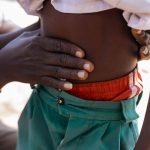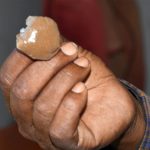For 48 hours, she fought silently: the vomiting, the crushing weakness. By the time neighbours found the 16-year-old girl, she was too frail to even scream. She never made it to the hospital. Only had her mother’s lab results come sooner, showing she had cholera…
The call that reached David Omondi, a Community Health Promoter in Nyando village, Kisumu County, carried the familiar tremor of distress that early morning in March. The funeral mood of recent burials still hung in the air.
One of Omondi’s villagers, a mother, was gravely ill. He administered the life-saving Oral Rehydration Solution (ORS), a first line of defence against dehydration that the woman presented with before rushing her to the hospital, where she was admitted for about five days.
Omondi later recounted how the woman’s eldest 16-year-old daughter became a steadfast presence, but tragedy lurked in the shadows. After two days, “neighbours found her so dehydrated she could not move; she had diarrhoea and was vomiting,” says Omondi, adding that she died on her way to the hospital.
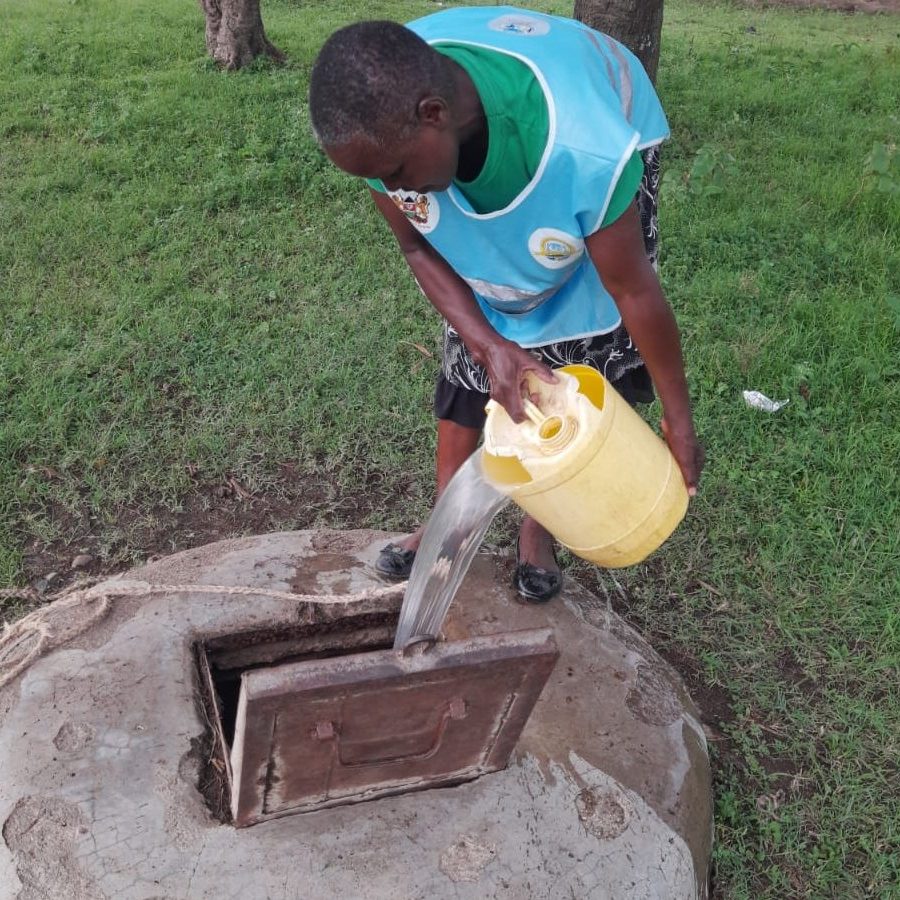
For Omondi, it was the delay in the lab results of her mother showing she had cholera that caused her death. If the lab results had been produced fast enough, “the surveillance team would have been sent to sensitise the village, and probably the little girl would not have been infected.”
Nyando’s cholera outbreak reflects a national crisis. As of April 6, 2025, Kenya reported 97 cases and 6 deaths across three counties: Migori (53 cases, 1 death), Kisumu (32 cases, 4 deaths), and Nairobi (12 cases, 1 death).
Omondi and other health officials found that the grieving family was sharing a neighbour’s toilet. They encouraged them to dig their own pit latrine.
The county health officers also treated village water sources like ponds and boreholes, shut down unsafe food stalls and trained vendors to wash food with clean water and follow hygiene rules.
Every household is taught how to properly wash their hands with soap and clean water, and how to improvise a handwashing station with a jerrican of water
Mito Milambo, the Kisumu County Lead for Community Health Promoters and also the CHP for Nyalenda B, says since the cholera cases were reported, they have been going from house to house sensitising residents on the importance of handwashing after visiting toilets, before preparing food and after changing the baby’s diapers.

“We have also been ensuring there is a handwashing facility at every household and we teach them how to properly wash their hands with soap and clean water, how to improvise a handwashing station with a jerrican of water to ensure the water is running,” he explains, their mission simple yet vital: to break the chain of transmission, one household at a time.
The CHPs have hand sanitisers which they can use and share with residents after interactions, besides supplying at least 20 water treatment tablets like Aqua Tabs to households for cleaning drinking water.
“Some drink water directly from the tap because it is clean, but I explain that it has to be treated, even if it is tap water. Then I demonstrate by putting only one tablet in a 20-litre jerrican and leaving it closed for a few minutes, and then the water will be safe to use,” he says.
The underlying causes of these outbreaks are complex and deeply rooted in environmental and infrastructural vulnerabilities.
Open defecation contributes to the spread of cholera through the 4 Fs: Faeces, food, flies, and fingers
Frederick Oluoch, the Kisumu County Director of Public Health, singles out food and water contamination, especially along River Nyando, as causes of the current cholera outbreak.
“When there is flooding, the faecal and water infrastructure are destroyed and this leads to mixing of the faecal and water bodies leading to contamination,” he explains, adding that they tested the water and found dangerous bacteria, especially Vibrio cholerae, which causes cholera, in multiple water samples.
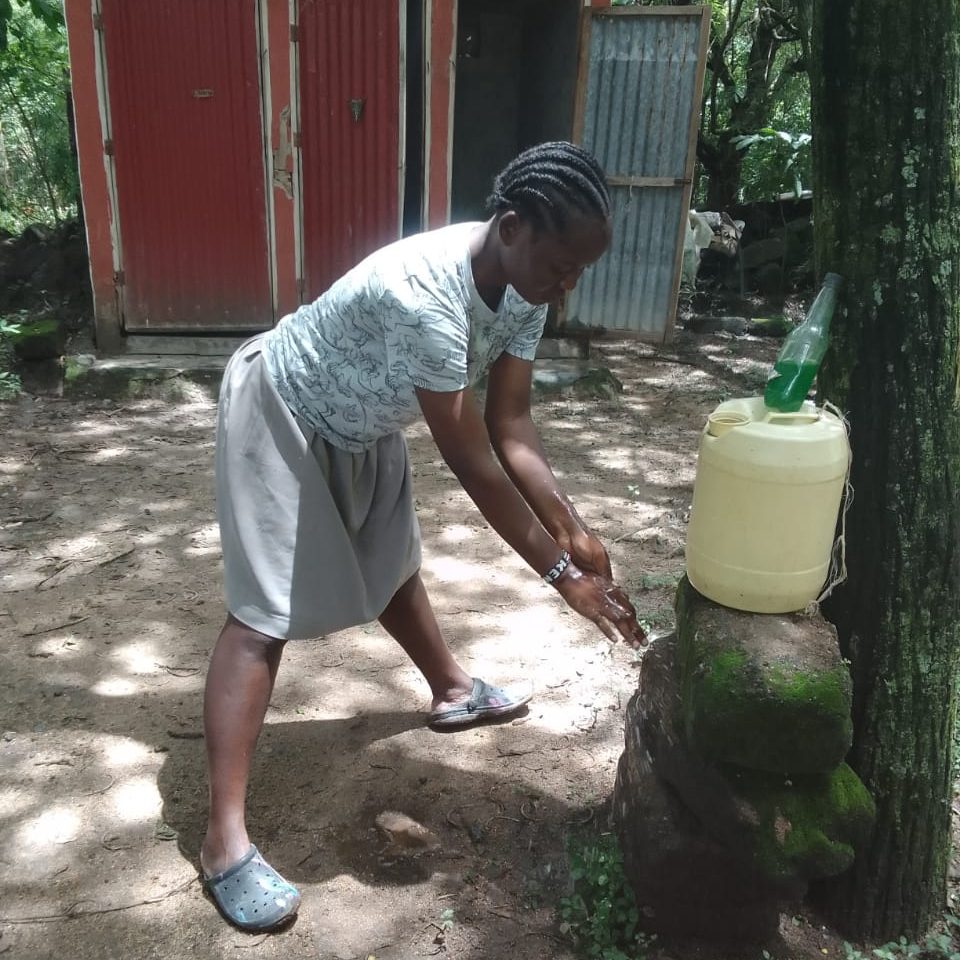
He explains that using contaminated water for cooking, washing vegetables and cleaning dishes spreads germs in a continuous loop. Kisumu County is treating water with extra chlorine to kill cholera germs—more than usual for tap water safety, which is also what urban water and sewerage companies have been directed to do.
Oluoch explains that open defecation contributes to the spread of cholera through the 4 Fs: Faeces, food, flies, fingers, where the flies take faeces to food eaten using fingers.
“If there are no toilets, especially in places like Nyando where few exist and the soil is weak, flooding can cause toilets to collapse. When people defecate in the open, rain can wash the waste into rivers or flies can carry it to food, spreading disease,” explains Oluoch.
Milambo says due to a high underground water table, residents have been advised to build bucket toilets, besides landlords ensuring enough toilets for tenants to avoid cases of ‘flying toilets’, which further spread cholera.
There has been heightened surveillance and contact tracing of suspected cases, but long-term solutions include having reliable clean water sources after floods and connection to large water treatment plants. People have been asked to erect toilets to eliminate open defecation.
According to UNICEF, 4.7 million people in Kenya still defecate in the open
According to the Ministry of Health, open defecation is one risk factor of cholera besides high population density in urban slums, cross-border movement of persons, transmission in crowded settings and among refugees, mass gatherings and events and changes in the rainfall patterns.
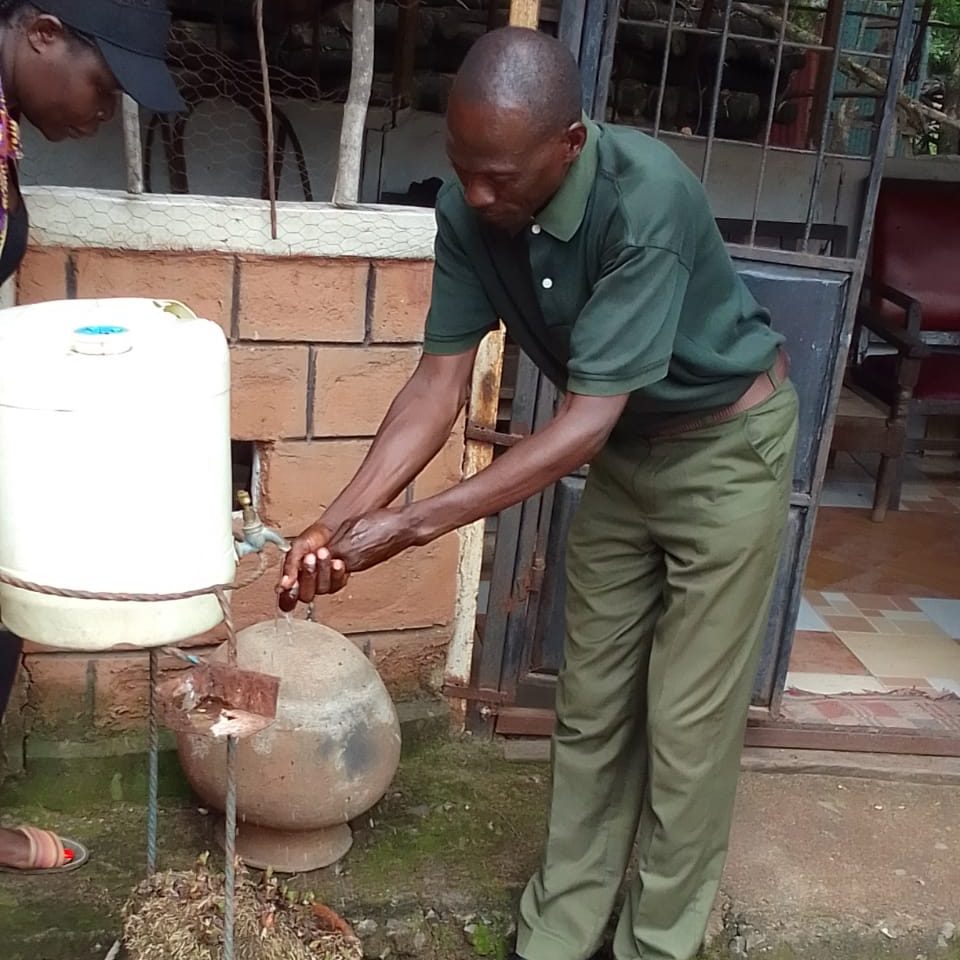
According to UNICEF, 4.7 million people in Kenya still defecate in the open. Most of this happens in 15 high-risk counties, including Turkana, Wajir, Samburu, and Mandera, where over half the population practices open defecation. In contrast, counties like Nairobi, Murang’a, Nyeri, and Kisii have the lowest rates, with less than one per cent affected.
UNICEF has helped 10,000 villages become open defecation-free since 2013, improving sanitation for 2.8 million people. However, some cultural practices still slow progress.
Culture has also played a part says Milambo who cites the Luo taboo forbidding a mother from sharing a toilet with their son-in-law and incase of one toilet in the household “the mother-in-law would only use the bush, creating a potential pathway for disease spread” and most families have been urged to have two toilets, one specific to the mother in-law.
Additionally, a research paper by Winfred Akinyi Mbeche at the University of Nairobi on the Case of EcoSan Toilet in Kisumu revealed that the local Luo custom dictates that faeces is ‘bad’ and has the potential for negative consequences to family members. It is culturally believed that one can be bewitched through their faeces.

TOWN HALL ALERT: Is SHA Working for You? Let’s talk honestly about what’s working—and what’s not.
#LetsTalkSHA




